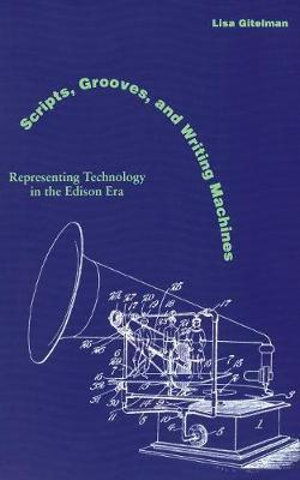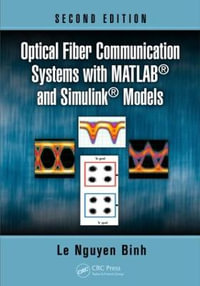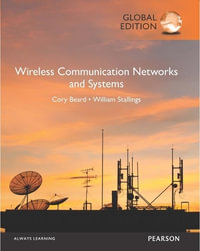
Scripts, Grooves, and Writing Machines
Representing Technology in the Edison Era
By: Lisa Gitelman
Paperback | 1 January 2000
At a Glance
Paperback
RRP $74.32
$70.75
Aims to ship in 15 to 25 business days
When will this arrive by?
Enter delivery postcode to estimate
At the book’s heart is the proposition that technologies of inscription are materialized theories of language. Whether they failed (like Thomas Edison’s “electric pen”) or succeeded (like typewriters), inscriptive technologies of the late nineteenth century were local, often competitive embodiments of the way people experienced writing and reading. Such a perspective cuts through the determinism of recent accounts while arguing for an interdisciplinary method for considering texts and textual production.
Starting with the cacophonous promotion of shorthand alphabets in postbellum America, the author investigates the assumptions—social, psychic, semiotic—that lie behind varying inscriptive practices. The “grooves” in the book’s title are the delicate lines recorded and played by phonographs, and readers will find in these pages a surprising and complex genealogy of the phonograph, along with new readings of the history of the typewriter and of the earliest silent films. Modern categories of authorship, representation, and readerly consumption emerge here amid the un- or sub-literary interests of patent attorneys, would-be inventors, and record producers. Modern subjectivities emerge both in ongoing social constructions of literacy and in the unruly and seemingly unrelated practices of American spiritualism, “Coon” songs, and Rube Goldberg-type romanticism.
Just as digital networks and hypertext have today made us more aware of printed books as knowledge structures, the development and dissemination of the phonograph and typewriter coincided with a transformed awareness of oral and inscribed communication. It was an awareness at once influential in the development of consumer culture, literary and artistic experiences of modernity, and the disciplinary definition of the “human” sciences, such as linguistics, anthropology, and psychology. Recorded sound, typescripts, silent films, and other inscriptive media are memory devices, and in today’s terms the author offers a critical theory of ROM and RAM for the century before computers.
Industry Reviews
ISBN: 9780804738729
ISBN-10: 0804738726
Published: 1st January 2000
Format: Paperback
Language: English
Number of Pages: 300
Audience: Professional and Scholarly
Publisher: Stanford University Press
Country of Publication: GB
Dimensions (cm): 21.59 x 13.97 x 1.7
Weight (kg): 0.38
Shipping
| Standard Shipping | Express Shipping | |
|---|---|---|
| Metro postcodes: | $9.99 | $14.95 |
| Regional postcodes: | $9.99 | $14.95 |
| Rural postcodes: | $9.99 | $14.95 |
How to return your order
At Booktopia, we offer hassle-free returns in accordance with our returns policy. If you wish to return an item, please get in touch with Booktopia Customer Care.
Additional postage charges may be applicable.
Defective items
If there is a problem with any of the items received for your order then the Booktopia Customer Care team is ready to assist you.
For more info please visit our Help Centre.
You Can Find This Book In
This product is categorised by
- Non-FictionReference, Information & Interdisciplinary SubjectsInterdisciplinary StudiesCommunication Studies
- Non-FictionEngineering & TechnologyTechnology in General
- Non-FictionLiterature, Poetry & PlaysHistory & Criticism of LiteratureGeneral Literary Studies
- Non-FictionEngineering & TechnologyIndustrial Chemistry & Manufacturing TechnologiesOther Manufacturing TechnologiesPrecision Instruments Manufacture
- Non-FictionEngineering & TechnologyIndustrial Chemistry & Manufacturing TechnologiesOther Manufacturing TechnologiesPrinting & Reprographic Technology
- Non-FictionEngineering & TechnologyElectronics & Communications EngineeringCommunications Engineering & Telecommunications























